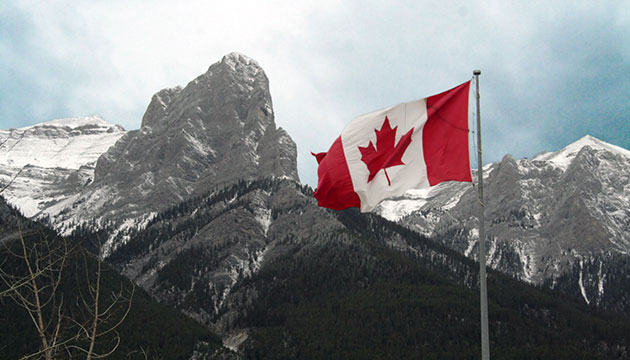On February 9, Statistics Canada started releasing data from the 2021 Census.
The enumeration as of May 11, 2021 shows that the country’s population grew 5.2 percent over the last five years since the 2016 Census.
Canada now has a total of 36,991,981 people or nearly 37 million.
This figure represents an increase of 1.8 million.
What is remarkable is that 80 percent of the country’s population growth was accounted for by immigration.
Newcomers totalled 1.4 million of the total 1.8 million increase in Canada’s population.
“One thing that has not changed from five years ago is that Canada remains the fastest growing country in the G7,” Statistics Canada stated.
Moreover, “Most of that growth is attributable to more people arriving here from around the world to start a new life.”
The federal agency also reported that among the 36,991,981 people counted in the spring of 2021, close to 27.3 million people, or nearly three in four Canadians, lived in one of Canada's 41 large urban centres.
Also, Canada's population grew at almost twice the pace of other G7 countries from 2016 to 2021.
“Although the pandemic halted Canada's strong population growth in 2020, it continued to be the fastest among G7 countries,” Statistics Canada reported.
The agency noted that one-fifth of the population growth was due to a “natural increase (that is, the number of births minus the number of deaths)”.
Meanwhile, “The rate of natural increase fell 0.3% from 2016 to 0.1% in 2021, the lowest level on record.”
“Canada's population growth has largely been driven by immigration since the 1990s as Canadian couples, like those in other G7 countries, are having fewer children on average than ever before,” Statistics Canada noted.
It added: “In Canada, immigration (new arrivals to Canada) has largely exceeded emigration (those who leave Canada) resulting in migratory increase that has fueled population growth.”
The agency explained that the share of population growth due to natural increase has been falling because of population aging and lower fertility.
Canadian couples, like their counterparts in other G7 countries, are having “fewer children on average than ever before”.
“Nearly four-fifths of the 1.8 million population increase from 2016 to 2021 was attributable to new arrivals to Canada either as permanent or temporary immigrants,” the agency also stated.
As well, immigration continues to be the main driver of population growth for almost all provinces and territories.
“Prince Edward Island and British Columbia showed the fastest growth rates among the provinces, mostly due to immigration,” Statistics Canada reported.
Canada’s population as of May 11, 2021 is broken down as follows:
Newfoundland and Labrador 510,550
Prince Edward Island 154,331
Nova Scotia 969,383
New Brunswick 775,610
Quebec 8,501,833
Ontario 14,223,942
Manitoba 1,342,153
Saskatchewan 1,132,505
Alberta 4,262,635
British Columbia 5,000,879
Yukon 40,232
Northwest Territories 41,070
Nunavut 36,858











